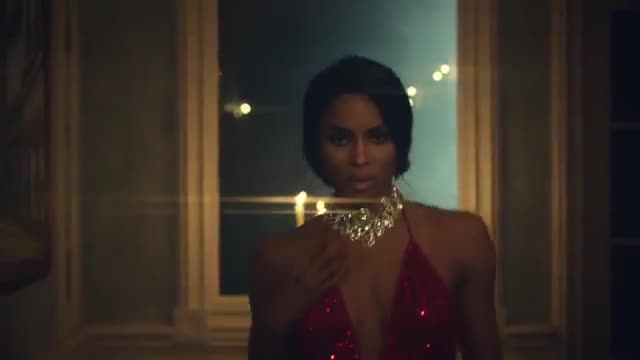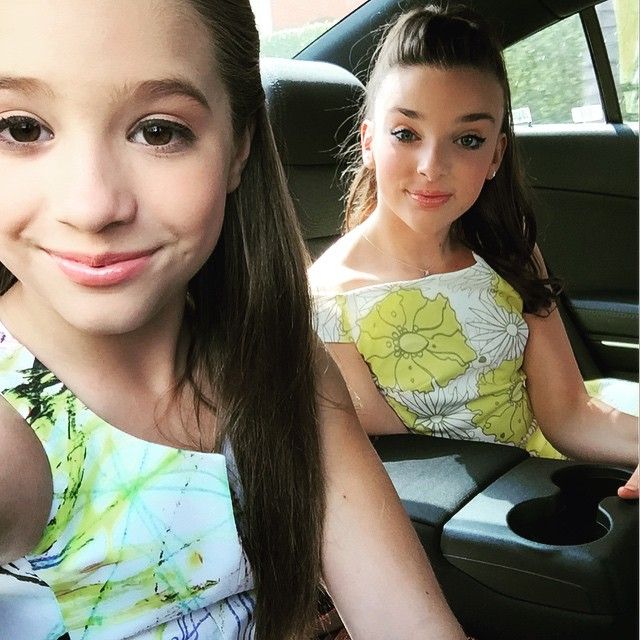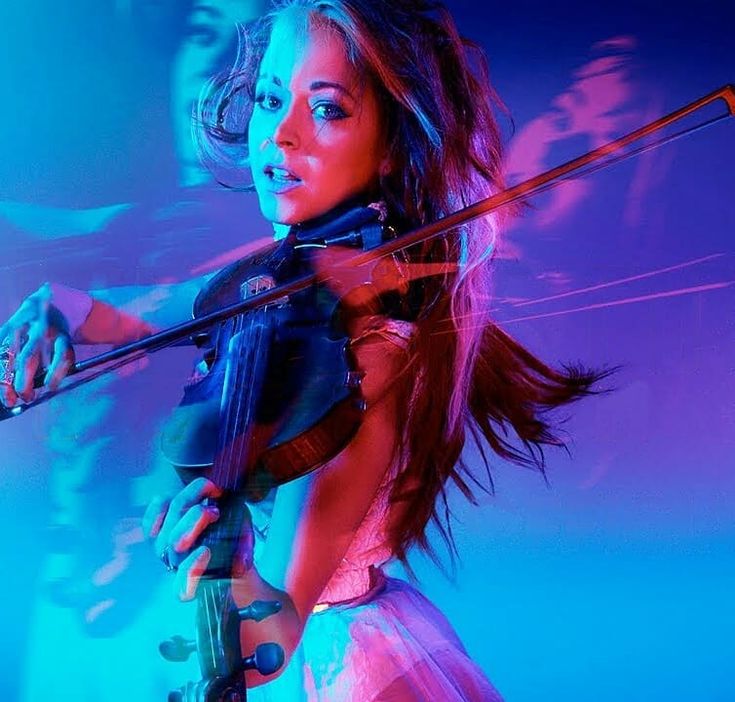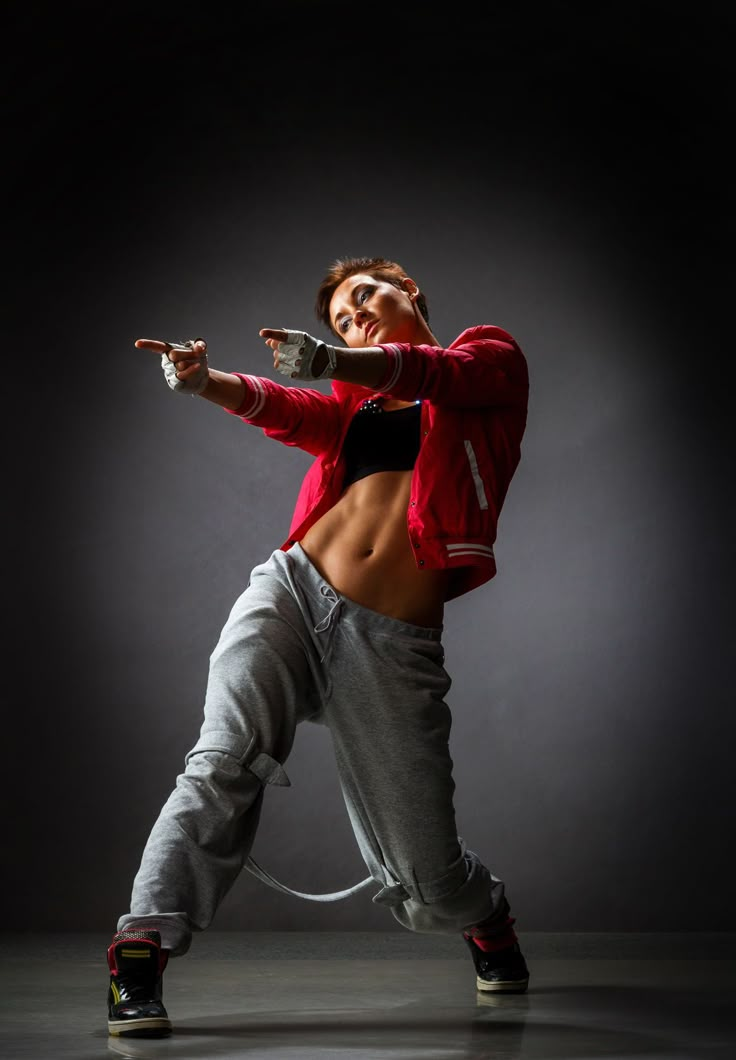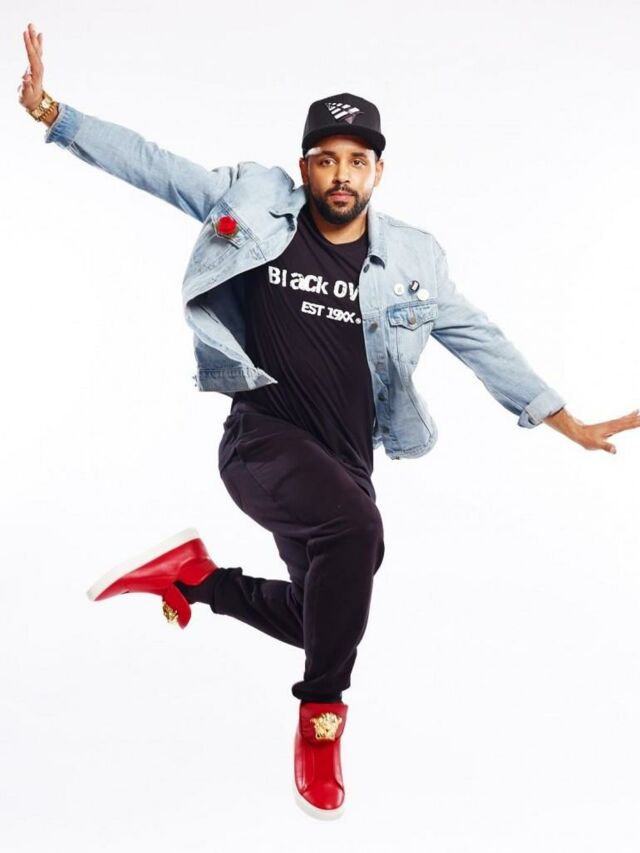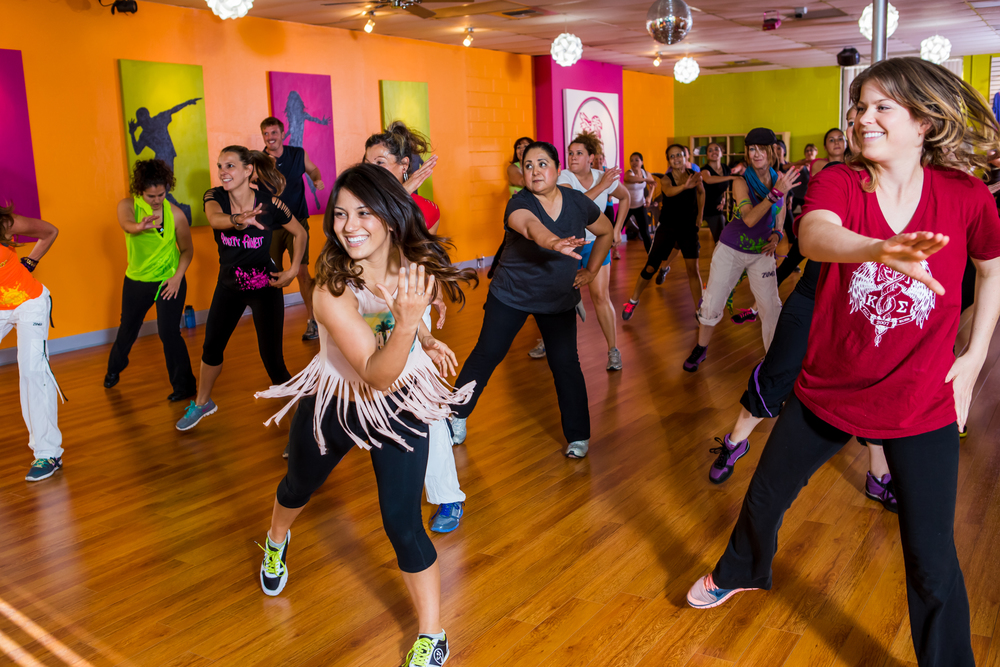How to dance like a hispanic
Latin Dances List: 15 Popular Styles, Names & History
Latin dances are rather a large group of dance styles that are united by their place of origin - Latin America and invariably passionate rhythms and performances. Latin American dances are a type of ballroom and club dances that spread throughout Europe in the 19th century and became very popular. They owe their wide popularity to curiously mixed cultures of the Americas, including European and local folk dances. Thus, the Spanish folk dance, the elements of which were performed by bullfighters during a bullfight, became known throughout the world as a paso doble. Samba was brought to Brazil, and then to Europe, African influence is seen in rumba and cha cha cha which originated in Cuba and Haiti.
LATIN DANCES LIST
The traditional program of Latin Ballroom Dances, adopted by the World DanceSport Federation, since 1930 includes five dances in the Latin American section. These are Samba, Rumba, Cha-Cha-Cha, Paso Doble and Jive (United States origine). All of them are performed in a pair, a man and a woman and, unlike the European dances, the partners during the performance can either separate the contact, or cling to each other very closely. All Latin American dances are rhythmic and emotional, and some of them are particularly sensual.
The other large group of Latin dances is so-called Social (or ”club” Latina) includes Salsa, Bachata, Merengue, Reggaeton, Mambo, Kizomba, Zouk and Argentine tango. It has long been one of the most popular group of mass dance, both in Latin America and in the United States, Europe and Asia. Salsa and bachata, merengue and mambo - these dances do not require perfected skill, it is more important to reveal them completely, turning movements into meaningful love and passionate stories. For many years, the cult for all Latin dancers is the movie “Dirty Dancing” with Patrick Swayze, where the most popular amateur dances are shown in all its glory.
Here is a List of Social Latin American dances:
Salsa
Salsa dancing initially developed into a particular style in the 1940s and comes from a tradition of Latin dance styles that dates back to the early 1900s. It is heavily influenced by Afro-Cuban traditions and dance styles such as mambo, guaguanco and danzon. The brief history of salsa dance is that people moved to new locations and assimilated into new cultures, where salsa evolved into fresh styles. There are several different salsa styles influenced by cultures of the cities they originated. For instance, most famous in North America in United States are New York Salsa (also known as dancing 'On 2') and Los Angeles Salsa (known as dancing 'On 1'). Many dance aficionados actually claim that New York Style salsa is the original style of salsa, as the term and the dance were coined in the Big Apple. Other styles include Cuban salsa, Cumbia, Rueda de Casino (read more on salsa dance types here). Besides New York and Los Angeles in USA, major cities around the world where salsa is most popular are: Toronto Salsa and Vancouver Salsa in Canada and in United Kingdom: London Salsa. There are numerous Salsa Festivals around the world that attract thousand of Salseros every year as well as Salsa Congress which is a multi-day dance festival featuring workshops, social dancing, performances and competitions focusing on Salsa dancing.
It is heavily influenced by Afro-Cuban traditions and dance styles such as mambo, guaguanco and danzon. The brief history of salsa dance is that people moved to new locations and assimilated into new cultures, where salsa evolved into fresh styles. There are several different salsa styles influenced by cultures of the cities they originated. For instance, most famous in North America in United States are New York Salsa (also known as dancing 'On 2') and Los Angeles Salsa (known as dancing 'On 1'). Many dance aficionados actually claim that New York Style salsa is the original style of salsa, as the term and the dance were coined in the Big Apple. Other styles include Cuban salsa, Cumbia, Rueda de Casino (read more on salsa dance types here). Besides New York and Los Angeles in USA, major cities around the world where salsa is most popular are: Toronto Salsa and Vancouver Salsa in Canada and in United Kingdom: London Salsa. There are numerous Salsa Festivals around the world that attract thousand of Salseros every year as well as Salsa Congress which is a multi-day dance festival featuring workshops, social dancing, performances and competitions focusing on Salsa dancing.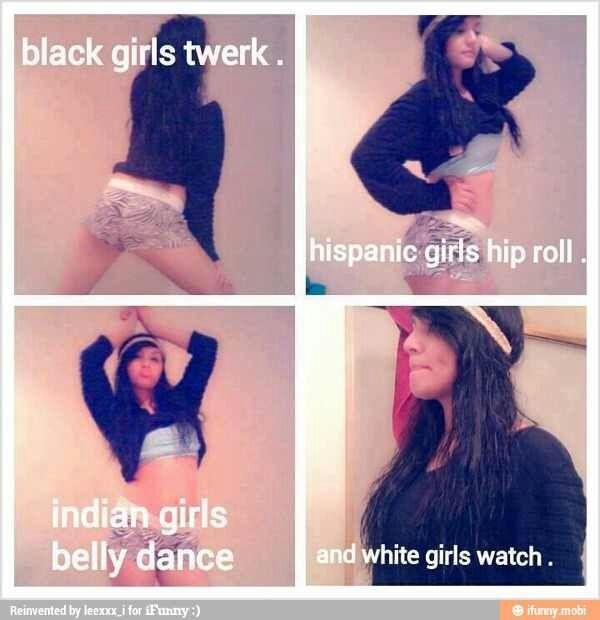
Bachata
Bachata dance is known for its love stories, and its syncopated rhythm. The dance actually was born of the music in the Dominican Republic during the 1960’s. Unfortunately, a dictatorship that found Bachata to be an art form of low standing held the music and the dance back for decades. The music was first developed with a heavy guitar emphasis and heartrending love stories as its basis. However, it grew primarily within bars and brothels, and this led to Bachata being held back for literally decades. Although the Bachata dance itself is a spinoff of the music, in recent years the music has grown more slowly than the dance. Bachata dance continues to grow and thrive all over the world, and has finally reached a place where it is widely accepted.
Merengue
The Merengue is a couple dance that has roots in the Dominican Republic. There are many theories of how precisely it became the dance that it is today. It is certain, however, that Dictator Rafael Trujillo deemed it the Dominican official dance and musical style after his rise to power in the 1930’s. A similar style is enjoyed in neighboring Haiti. The Merengue is one of the recognized Latin dance that has evolved over the years and widely enjoyed in many parts of the world.
There are many theories of how precisely it became the dance that it is today. It is certain, however, that Dictator Rafael Trujillo deemed it the Dominican official dance and musical style after his rise to power in the 1930’s. A similar style is enjoyed in neighboring Haiti. The Merengue is one of the recognized Latin dance that has evolved over the years and widely enjoyed in many parts of the world.
Mambo
Mambo is a Latin dance of Cuba which was developed in the 1940s when the music genre of the same name became popular throughout Latin America. The word mambo comes from the name of the god of war. In immemorial times, the Cubans dedicated a ritual dance to him, with the aim of deserving location and ensuring patronage. The mambo dance has much in common with rumba and cha-cha (at first, the famous cha-cha-cha was even called syncopated mambo), but it has a great temperament, freedom in expressing feelings and emotions, luxurious music. Incendiary rhythms of mambo are widely used in cinema. This dance is both a means of seduction and a way to express your feelings. Among the most famous films in which dance is used is the film “Mambo” with starring Antonio Banderas and Arman Assante and the more modern film Dirty Dancing starring Patrick Suezi.
Incendiary rhythms of mambo are widely used in cinema. This dance is both a means of seduction and a way to express your feelings. Among the most famous films in which dance is used is the film “Mambo” with starring Antonio Banderas and Arman Assante and the more modern film Dirty Dancing starring Patrick Suezi.
Kizomba
Kizomba is a new direction of latin dance culture that originated in Angola in the 1980s under the influence of French Creole music and African folk rhythms. And in Europe, it has spread widely in the twenty-first century. Kizomba has similar features with samba, bachata and Argentine tango, but this style is smoother, moderate and calm. Energy of Kizomba is more sensual and romantic, not expressive but rather flirtatious. Nowadays, Kizomba is winning the hearts and minds of modern youth. Everyone wants to learn how to dance Kizomba, everyone wants to shine at parties, to be fashionable and modern. There are numerous Latin Festivals around the world that include Kizomba as one of their featured dances.
There are numerous Latin Festivals around the world that include Kizomba as one of their featured dances.
Zouk
In the late 20th century, dramatized concert performances with bright costumes and lively ethnic music were popular in Haiti, Martinique and the Cape Verde Islands. This is how the Zouk dance style emerged, combining the intonation of authentic Haitian music, the calypso style, the sound of “black” Angolan music. “Zouk” in French Creole means “party” or “festival.” Dancing evenings with live music have won wild popularity not only on the islands. France, Canada, Brazil and the countries of Asia and latey United States have not resisted the pressure of the sensual rhythm.
Zuk dance is a social dance that is performed on three counts and is saturated with beautiful curves of the upper part of the body and deflections, and the steps and turns are complemented by circular rotations, wave-like movements and turns of the head. This style of dance is much more sensual than others, its turns and “falls” are spectacular, so the flexibility of the partner is of particular importance. Acrobatics are allowed. There are many Latin Festival events around the world that include Zouk dance as an essential part of their program.
This style of dance is much more sensual than others, its turns and “falls” are spectacular, so the flexibility of the partner is of particular importance. Acrobatics are allowed. There are many Latin Festival events around the world that include Zouk dance as an essential part of their program.
Reggaeton
Reggaeton is a musical style that originated in Puerto Rico and Panama in 1970-1980. It was born under the influence of such directions as reggae, dancehall, hip-hop and very quickly became popular in the countries of Latin America and the Caribbean. And how a separate style was highlighted in the 1990s, spreading its popularity to the USA, where immigrants brought it. A characteristic feature of this musical direction is overt and even somewhat aggressive sexuality, a clear reggae rhythm and a recipe in Spanish. Nando Boom and El General are considered to be the fathers of this musical direction.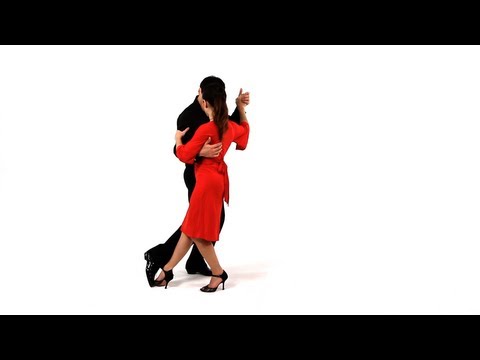
Argentine tango
Tango is a very sensual dance, and is among some of the most famous couple dances today. Prior to the birth of Tango, which happened in the poorer sections of Buenos Aires in the early 1900’s, there were only a few dances that required that a couple become so intimate as to face each other. The history of Argentine Tango is a little muddled, as it began in the lower classes, and it has faced many trials over the years. However, Tango has survived and grown into a dance that is enjoyed worldwide. Around 1911, Tango made the trip overseas and became a sensation in Paris, London and Berlin. 1913 saw it strike New York City in full force, although less authentic Tango dancing was already practiced there to some extent.
Tango scenes have been featured in many tango films. Tango scenes have been featured in many tango films. Today we see many thriving tango communities around the world, with the biggest one in Buenos Aires (Argentina), in USA: New York tango and Seattle tango are among the largest, in Europe: Berlin and more. You can catch the best tango performances at many Milongas (social tango dancing). There are as well many Tango Festivals around the world that attract thousand of Tangueros and fans.
Tango scenes have been featured in many tango films. Today we see many thriving tango communities around the world, with the biggest one in Buenos Aires (Argentina), in USA: New York tango and Seattle tango are among the largest, in Europe: Berlin and more. You can catch the best tango performances at many Milongas (social tango dancing). There are as well many Tango Festivals around the world that attract thousand of Tangueros and fans.
Bomba
Bomba is one of the traditional dances and musical styles of Puerto Rico, which arose at the intersection of African and Spanish cultures and the Indian culture of native Taino. Bomba got its name from the drums made out of rum barrels. The base rhythm of Bomba is performed on two or more drums. The meaning of bomba is similar to the meaning of Cuban rumba - it is a competition between a singer, a dancer and a percussionist.
The main trait of Bomba is that the musicians in it follow the dancer (and not vice versa).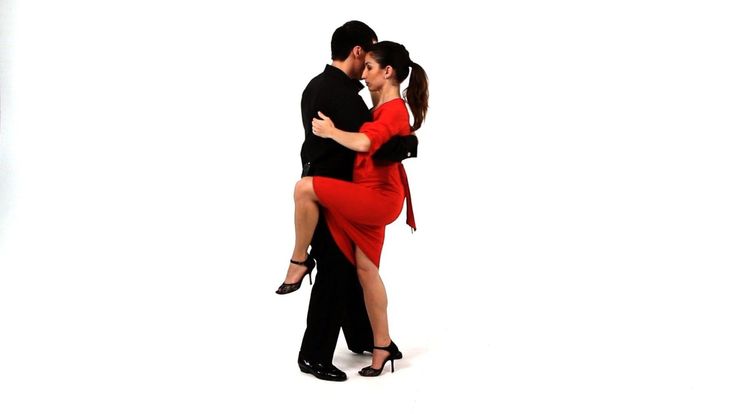 The vocal part consists of the recitals of the soloist and choir (at least three voices). In this case, the soloist will improvise poetry, and the chorus will respond to him.The dance is still extremely popular in Puerto Rico and New York.
The vocal part consists of the recitals of the soloist and choir (at least three voices). In this case, the soloist will improvise poetry, and the chorus will respond to him.The dance is still extremely popular in Puerto Rico and New York.
Plena
Puerto rican style of music and dance, used as a means of social and political expression. This traditional dance uses a panderet (tambourine), has a 4/4 pace and does not follow the clave. Plena was created 100 years ago in the working class barrios of Ponce, Plena's roots could be traced back into the changes in society brought on by Puerto Rico's move from Spanish into U.S. rule. Plena was born of African American roots and has been changed to a distinctively Puerto Rican dance style from the consequences of Jíbaro, indigenous Taino, and European musical traditions, along with the contribution of freed slaves out of English-speaking Caribbean Islands who travelled to Puerto Rico.
Plena primarily existed within folklore nevertheless, in the 1990s Plena has been given new life due to musical bands from Puerto Rico and New York who updated its sound to be fresh and modern. Whether folklore or contemporary audio, it is the panderos -- three or more handheld drums of distinct sizes/pitches (seguidor, segundo, and requinto), along with also the guiro -- a gourd percussion tool of native Taino source -- which collectively create the unique rhythm of Plena.
Here is a list of Latin Dances included in the program of Ballroom dancing (International Latin):
Samba
Samba is a dance rich in history, and one that is known for the joy it expresses. The traditional Brazilian Samba is a national favorite each year at Rio’s Carnival Celebration. Both men and women, each known as a Sambista, present the rhythmic celebratory dance throughout the city during the festivities. The Ballroom Samba varies greatly from many of the styles, but does maintain some of the Brazilian Samba characteristics. Ballroom Samba is recognized as one of five International Style of Latin Dancing partner dances. The Samba as seen today developed in Rio near the close of the 19th century. In 1917, Samba was beginning to be viewed as a dance style in its own right. The year of 1930 saw it become an accepted form of ballroom dance -- Ballroom Samba has made a lasting impact on partner dancing throughout the world.
Ballroom Samba is recognized as one of five International Style of Latin Dancing partner dances. The Samba as seen today developed in Rio near the close of the 19th century. In 1917, Samba was beginning to be viewed as a dance style in its own right. The year of 1930 saw it become an accepted form of ballroom dance -- Ballroom Samba has made a lasting impact on partner dancing throughout the world.
Rumba
Rumba, one of the five international Latin dances, is a sultry story in motion. This particular Latin dance is widely acknowledged as the most sensuous. Rumba has humble beginnings. As with many others, at least some of Rumba’s roots can be traced back to African tribal dances. However, it is in the nation of Cuba where it became the Rumba that is still so popular today. It is commonly referred to as the grandfather of Latin dance. Rumba hit the United States during the 1920’s, and laid the groundwork for all Latin dances thereafter.
Cha-Cha-Cha
Originally known as Cha-Cha-Cha, the name of this flirtatious and upbeat partner dance has been shortened a little over the years to simply Cha-Cha. This particular dance style was developed originally in Cuba, and then picked up by dancers visiting Havana from all over the world. The dance's fun, flamboyant and quick nature made it appealing then, and certainly adds to its appeal now. The more authentic Cuban style is very sensual, somewhat teasing and a bit contagious. Not only is the Cha-Cha still danced across the globe and is one of the International Style of Latin Dancing partner dances, the musical genre can be heard sung by incredibly popular musical artists even today.
Paso Doble
Paso Doble (Spanish for “two steps”) is a Spanish dance imitating a bullfight. Paso doble was one of the many Spanish folk dances associated with various aspects of Spanish life. The partner represents the torero, and the partner - his cloak (muleta), sometimes - the second torero, and very rarely - the bull, as a rule, defeated by the final blow. The nature of the music corresponds to the procession in front of the bullfight. The dance was first performed in France in 1920, became popular in Parisian high society in the 1930s, therefore many steps and figures have French names. After the Second World War, Paso Doble was included in the Latin-American program of sports ballroom dancing.
Paso doble was one of the many Spanish folk dances associated with various aspects of Spanish life. The partner represents the torero, and the partner - his cloak (muleta), sometimes - the second torero, and very rarely - the bull, as a rule, defeated by the final blow. The nature of the music corresponds to the procession in front of the bullfight. The dance was first performed in France in 1920, became popular in Parisian high society in the 1930s, therefore many steps and figures have French names. After the Second World War, Paso Doble was included in the Latin-American program of sports ballroom dancing.
Jive
Jive is a dance of African American origin that appeared in the USA in the early 1940s. Jive is a type of swing with fast and free movements. Modern jive is very different from swing in style, although it often uses the same shapes and movements. Jive dance is performed at ballroom dancing competitions. Of the five dances of the Latin American program, the jive is always the last and is the apotheosis of the competitive program. This dance is very fast and sparkling. Thus, it allows couples not only to demonstrate technical skills, but also to show their physical fitness.
Of the five dances of the Latin American program, the jive is always the last and is the apotheosis of the competitive program. This dance is very fast and sparkling. Thus, it allows couples not only to demonstrate technical skills, but also to show their physical fitness.
There is also East Coast Swing that we plan to cover later. Stay tuned!
14 Things That Only Happen at Latin Clubs
Media Platforms Design Team
1. You can probably hear the bachata down the block while waiting to get ID'd. Which is actually a helpful sign as to whether the DJ is any good. Can't hear the bachata? Don't even bother.
2. Everyone's dressed up. Sweaty, but dressed up like they're headed to prom. Sparkly micro-minis, sky-high heels, tuxes, the works. What? You have to dress to impress! (And you know that girl awkwardly dancing in the corner in her Zumba workout sweats was totally unprepared. )
)
3. Once the music starts, it's usually a mix of salsa, bachata, merengue, reggaeton, and the occasional cha cha. As long as they keep the pachanga away, it's all good.
4. The lights are low, but you can tell the ladies brought their A-game eyeliner and hair spray skills. The liner is only slightly lighter than what you would spot at a goth concert, and whether loose and curly, or straightened into a ponytail, that hair ain't going anywhere.
5. You have to dodge the hair whips. Once the ladies commence their salsa triple turns, that cute 'do can turn into a weapon.
6. You never wear open-toed shoes. You don't want to see what happens when a salsa heel hits a bare toe. (Answer: There will be literal blood on the dance floor.)
7. The best dancers are the ones who know how to make great use of limited space.
That couple who thinks they're good, but they're bumping into everyone around them with their sweeping salsa moves? Yeah, they're actually just jerks, and everyone hates them. Even if you're a full-time pro, no one cares if you disregard the general rules of salsa-dancing etiquette and take up the entire dance floor.
Even if you're a full-time pro, no one cares if you disregard the general rules of salsa-dancing etiquette and take up the entire dance floor.
8. At least one person always thinks it's a good idea to try salsa dancing with his or her drink. Don't do it! It's better to sip on the sidelines than to spill a drink on someone else's expensive salsero shoes.
9. Some guys have no shame in cutting in for a dance. Um, rude. Everyone knows that no matter how bad you want to dance with that hot guy or girl you see, if they're dancing with someone else, you wait until the song is over to ask. But if someone tries to cut in, it can scare an inexperienced partner, so prepárate to defend their honor and lay down some dance law and order. (In other words: Tell the cutter to GTFO with that noise.)
10. Some girls will never ask a guy to dance. As a young Latina, you're taught it's inappropriate or forward, and you'll know these bitter dancers by the glares on their faces at the corners of the dance floor by the end of the night.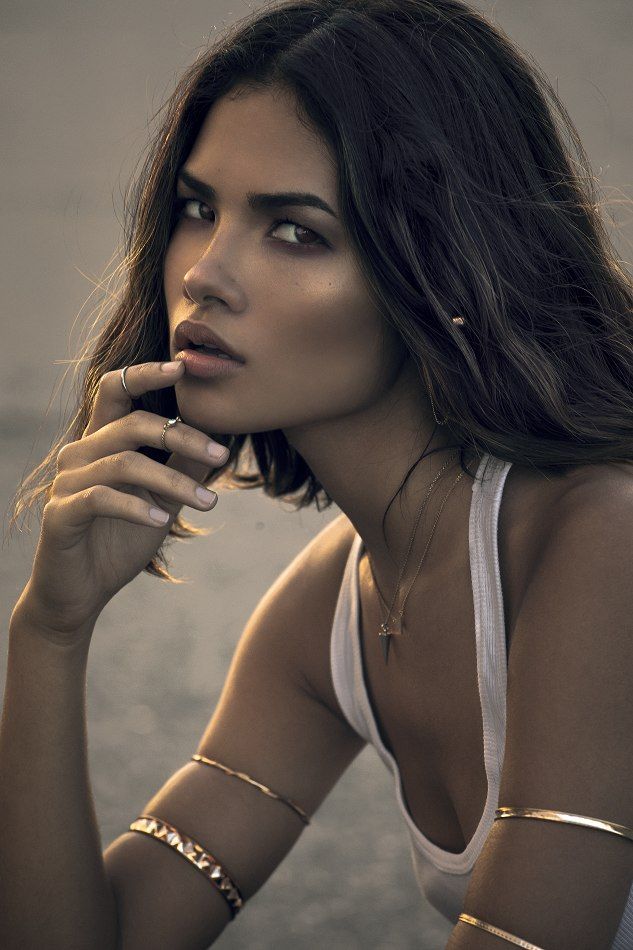 Is there someone you really want to dance with? Sometimes you just have to ask.
Is there someone you really want to dance with? Sometimes you just have to ask.
11. Unlike most nights out, you may want to avoid the bar. This is where all the barflies and creepers who (1) can't dance or (2) don't want to dance hang out. Based on a totally scientific Cosmo for Latinas poll (OK, it wasn't scientific at all), it's been determined that these guys (and they're always guys, never women) are three times as likely to step on your foot five times or more during a 15-minute mix than anyone else in the club, and they'll try to ask you for your number while they do it. You've been warned.
12. And then there's the over-eager basic beginner. He or she will ask everyone to the dance floor, and anyone who does accept will immediately regret it as the newbie proceeds to repeat the basic step for the rest of the song. Offbeat.
13. But you also have to watch out for that nightmare partner who asks you to dance when what he or she really wants is to show off. This person is not in need of a partner so much as an audience, and if you wanted to watch the show, you would have stayed on the couch with your girls instead of getting out on the dance floor. Bye, selfish dancer.
This person is not in need of a partner so much as an audience, and if you wanted to watch the show, you would have stayed on the couch with your girls instead of getting out on the dance floor. Bye, selfish dancer.
14. "Salsa eyes" are totally a thing. Remember in Bring It On when the characters describe "cheer sex" as a super-long stare between the cheerleader and viewer? Well, "salsa eyes" are basically the exact same thing that serves as a sort of invitation to dance, and it's very awkward when you mistake salsa eyes intended for someone else as an invitation for you. #Whoops #SalseraProblems.
Follow Monica on Twitter.
Types of Spanish dances
What are the famous Spanish dances
Spanish dance has many names. The most popular are flamenco, bolero, caccia, muneira, sarabande, sardana, segdilla, hoca and fondago. In order to master them, you need to be a Spaniard at heart, all dance teachers say. All of them capture at first sight anyone who is present in the hall or on the dance floor. It is beauty, passion, grace and refined technique. All this has captivated the audience for several centuries. Moreover, each of the Spanish dances, the names of which you will see in this article, is unique and inimitable.
All of them capture at first sight anyone who is present in the hall or on the dance floor. It is beauty, passion, grace and refined technique. All this has captivated the audience for several centuries. Moreover, each of the Spanish dances, the names of which you will see in this article, is unique and inimitable.
Spanish dances are widely popular all over the world. Their names are known to many. However, few people thought about where they originate from. But the names of Spanish dances (listed below) people knew in ancient times. Even the dance forms that existed during the Hellenistic era have survived to this day.
For thousands of years Spain was known as Iberia. Its first inhabitants were characterized by a very diverse ethnic composition, which made Spanish folk dances, whose names are very sonorous, so unique and diverse. The dance art was largely influenced by the Celts who lived in Iberia in the year 500 BC, as well as the Moors, who occupied Spain for seven hundred years.
Even greater diversity in the ethnic composition was made by Jewish immigrants and Indian and Pakistani gypsies who arrived in Spanish lands after its conquest by Castile. The combination of ethnic forms and new immigrant cultures in art led to the fact that extraordinary Spanish dances appeared. Their names are familiar to everyone today. Each dance has unique features according to the region where it originated. This is not surprising, because each region of Spain has its own cultural roots and specific features.
Historically, the most temperamental and passionate women and men live in Andalusia and other provinces of Spain. They know how to love passionately, without looking back, and suffer bitterly. Such an uncontrollable passion revealed to the world the beloved Spanish dances. Names such as flamenco, bolero, paso doble are on everyone's lips today. Undoubtedly, these dances are the most emotional in the world. They combine the rhythms of castanets, the southern temperament, the sounds of the guitar, the refined movements of stately brunettes and brunettes.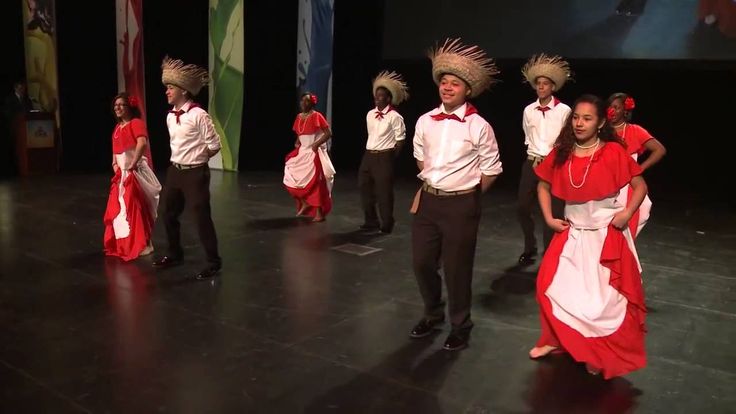 Not everyone knows that Spanish dances include many stylistic incarnations and varieties. Let's take a look at the individual types.
Not everyone knows that Spanish dances include many stylistic incarnations and varieties. Let's take a look at the individual types.
Jota
Most people can imagine the Spanish dance with castanets. Only a few will remember its name. This is hota. This is a paired Spanish national dance that appeared at the very end of the 18th century in the autonomy of Aragon, and a little later spread throughout the country. The way the hotu is danced depends on the region in which the novice stage master studied. So, there is a classic jota from Aragon, as well as Catalan, officially recognized by the government of this autonomy, Castilla, Philippine.
All these varieties have one thing in common. The dance is performed without fail in traditional national costumes, and in the hands of the dancers castanets. All this is accompanied by singing. Vocal themes may vary, but most are related to love in one way or another. Religion and even politics may also be mentioned.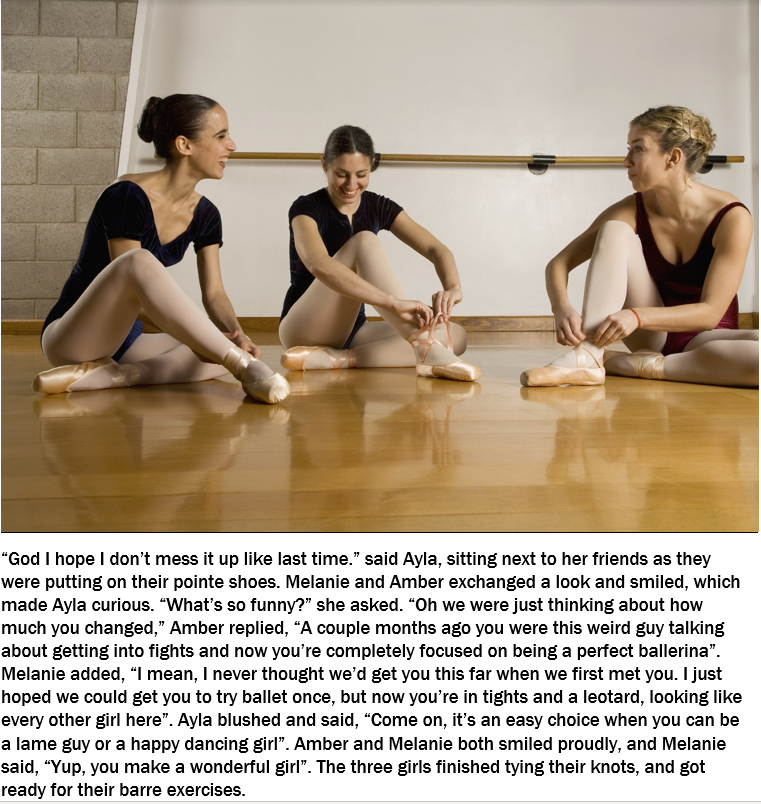 In some Spanish regions, jotu is traditionally danced at funerals, right during the funeral procession. Musical accompaniment is also different. It can be guitars, drums or lutes. In the province of Galicia, they even use bagpipes.
In some Spanish regions, jotu is traditionally danced at funerals, right during the funeral procession. Musical accompaniment is also different. It can be guitars, drums or lutes. In the province of Galicia, they even use bagpipes.
Kachucha
Unlike all previously described dances, kachucha is performed solo. Literally translated from Spanish, this word means "small boat". The names of Spanish dances, the list of which is in this article, are easy to remember. Kachucha appeared in Andalusia, something similar to the bolero we already know. It is also very popular in Cuba and in another Spanish province - Cadiz. This is a solo dance performed by both women and men. Only alone. As a rule, the performance is accompanied by the sound of castanets, stamping of heels and rhythmic clapping of hands. In the 19th century, it was one of the most beloved dances, which was regularly performed on major European stages. He began to be often used in ballet. For example, Jean Coralli in Lame Demon. In more recent times, kachucha was performed by such famous dancers as Anna Pavlova and Lucile Grand.
In more recent times, kachucha was performed by such famous dancers as Anna Pavlova and Lucile Grand.
Flamenco
If you ask any person to say the name of the famous Spanish dance, he will almost certainly pronounce the word "flamenco". And indeed it is. This most popular dance in the world originated in the lands of Andalusia, when the gypsies arrived there in the fifteenth century. It was they who formed a special dance caste.
There are many theories as to why flamenco got its name. Some consider it a synonym for the word "gitano", which translates from Spanish jargon as "gypsies". Others identify the origin of the term with the Flemish soldiers who guarded the Spanish-Belgian territories. They wore special clothes that emphasized ostentatious pride and self-confidence. The same qualities were inherent in the character of the gypsies.
Thus, it is impossible to know for certain where the name of the famous Spanish dance, flamenco, came from.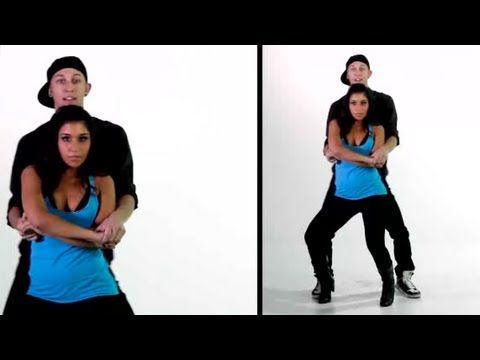 But if you study all the available sources, they will lead us to Seville, Cadiz and Jerez. In general, flamenco includes two schools: Castilian and Andalusian. The first is characterized by poorer and dry postures and movements. The second one is somewhat odd. Gypsies say that flamenco expresses their soul. Now this dance is popular not only in Spain, but all over the world. It is probably even a mistake to position it as exclusively Spanish or Gypsy - this is a unique combination of dance forms of all the peoples who have lived on the territory of Spain throughout its history.
But if you study all the available sources, they will lead us to Seville, Cadiz and Jerez. In general, flamenco includes two schools: Castilian and Andalusian. The first is characterized by poorer and dry postures and movements. The second one is somewhat odd. Gypsies say that flamenco expresses their soul. Now this dance is popular not only in Spain, but all over the world. It is probably even a mistake to position it as exclusively Spanish or Gypsy - this is a unique combination of dance forms of all the peoples who have lived on the territory of Spain throughout its history.
Fandango
This Spanish dance, whose name comes from a Portuguese folk song, originated in the region of Huelva. Flamenco had a significant influence on the development of fandango. It is based on the typical courtship dance spins and figures. In the provinces of Andalusia, various variations of the fandango are now popular, but only the special features of the old style that originated in Huelva make this dance unsurpassed.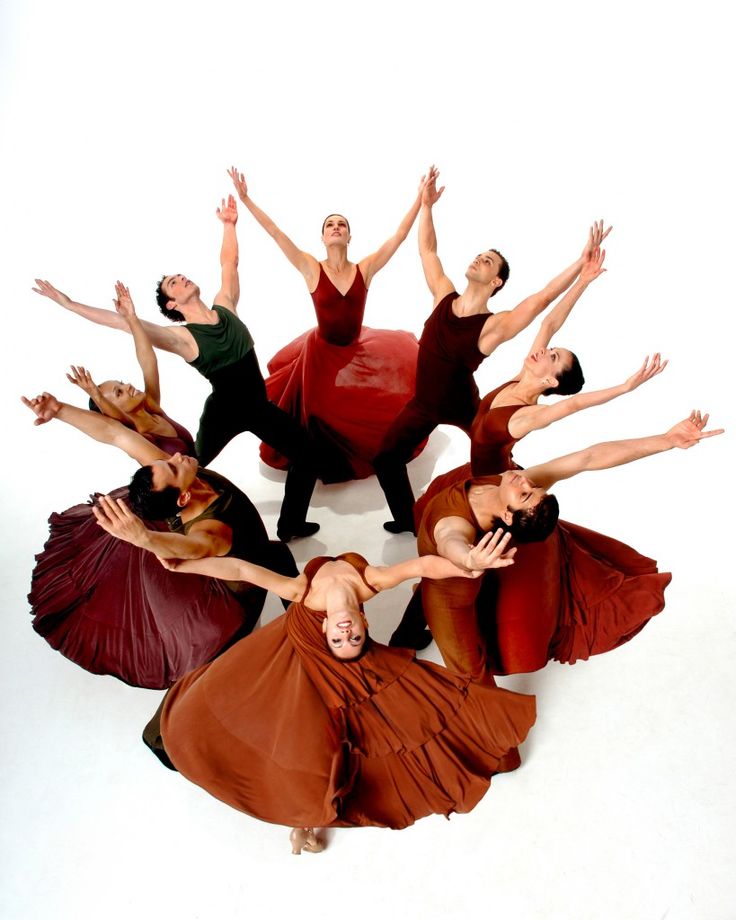 However, it must be said that the fandango is little known outside of Spain.
However, it must be said that the fandango is little known outside of Spain.
Muneira
Spanish folk dances, whose names you now know, cannot be imagined without Muneira. This dance originated in Galicia.
It must be performed with hands raised up. The name of the Spanish stage dance movements in Muneira is the pass. This is a special dance step. Dancers take the stage in traditional national costumes. Accompany them on a tambourine, bagpipe or small drum. As a rule, the muneira is accompanied by Spanish folk songs. Muneiro is considered one of the most ancient Spanish dances. According to some reports, it was borrowed from the Iberians who lived in the territory of modern Spain BC. In favor of this version, the traditional cry of aturusho, which accompanies the muneiro, is cited. It has a clear Celtic origin, with similar words the Celts fled to attack. However, according to official sources, the dance appeared only in the 16th century. According to some studies, the dance was originally extremely popular among millers, since its name literally translates from Spanish as "mill". According to other sources, it got its name from the fact that young people often gathered around the mill to dance and relax. It is noteworthy that this is a universal dance. It is performed both on holidays and on weekdays, for example, at a party after the end of the working day. Researchers distinguish two types of muneira. The old one, which is necessarily accompanied by singing and playing the tambourine, and the new one, which is characterized by a prelude and instrumental accompaniment.
According to other sources, it got its name from the fact that young people often gathered around the mill to dance and relax. It is noteworthy that this is a universal dance. It is performed both on holidays and on weekdays, for example, at a party after the end of the working day. Researchers distinguish two types of muneira. The old one, which is necessarily accompanied by singing and playing the tambourine, and the new one, which is characterized by a prelude and instrumental accompaniment.
Paso Doble
In fact, this dance originated in the south of France, but its movements, drama and sound reflect the bullfight - the Spanish bullfight. From Spanish, the word "paso doble" is translated as "double step". The dance is based on music that sounds at the time when the bullfighters enter the arena, or just before the bull is killed. Paso doble is characterized by speed of movement - it consists of turns and steps. Currently, the program of Latin American dances cannot do without it.
Bolero
This is the national dance of Spain, originated by a court dancer named Sebastian Cerezo. He invented it back in 1780 for his French ballet. Dance forms from Morocco were taken as a basis. Bolero can be called one of the oldest "school" dances. Presumably its name comes from the Spanish verb "volar", which translates as "fly". This is due to the fact that during the performance of the bolero there is a feeling that the dancers seem to be floating in the air. Since the eighteenth century, a lot of dance compositions have been created. The guitar is used as accompaniment. This national dance is one of the most beloved among the Spanish people. Thanks to interesting dance steps and wonderful rhythms, he gained fame all over the world.
Bolero can be performed by one pair of a man and a woman, or by several pairs at once. There is a version of the dance in the form of a quadrille.
Sarabande
This dance has been known in Spain since the twelfth century. Once upon a time, the Catholic Church even insisted on its ban, because some frank movements were used during the performance, the grace and curves of the female body were too openly demonstrated. The songs under which the sarabande was performed were also considered indecent. Then a conscious rethinking of the dance began, as a result of which it became more solemn and serious. They even began to perform it at funerals, and the music was written to order in a minor key. All this led to the fact that in the seventeenth - eighteenth centuries the ennobled version of the sarabande spread throughout Western Europe as a ballroom dance. However, by the middle of the eighteenth century it had lost its popularity.
Once upon a time, the Catholic Church even insisted on its ban, because some frank movements were used during the performance, the grace and curves of the female body were too openly demonstrated. The songs under which the sarabande was performed were also considered indecent. Then a conscious rethinking of the dance began, as a result of which it became more solemn and serious. They even began to perform it at funerals, and the music was written to order in a minor key. All this led to the fact that in the seventeenth - eighteenth centuries the ennobled version of the sarabande spread throughout Western Europe as a ballroom dance. However, by the middle of the eighteenth century it had lost its popularity.
Seguidilla
Seguidilla is a Spanish folk dance that is accompanied by songs. It arose at the turn of the XV-XVI centuries. Musical accompaniment is always in major keys, but sometimes it can alternate with minor. Performed cheerfully and movingly. The songs have love or humorous content. Accompanying instruments are guitars, lutes, mandolins and, of course, castanets. Almost no Spanish dance can do without them. The Seguidilla is danced in pairs, which mingle from time to time. This is a classic dance that has been performed for centuries to celebrate the successful harvest of a rich harvest.
The songs have love or humorous content. Accompanying instruments are guitars, lutes, mandolins and, of course, castanets. Almost no Spanish dance can do without them. The Seguidilla is danced in pairs, which mingle from time to time. This is a classic dance that has been performed for centuries to celebrate the successful harvest of a rich harvest.
Ethnic dances
In general, the first dances that appeared in Spain were based on the theme of magic. They were based on a variety of religious rituals that were inextricably linked with the cycles of nature. For example, witch dance has been popular in the Basque Country since the times of paganism. Its name is Sorgin Dantza. In addition, the Basques have a sword dance, symbolizing the arrival of spring, the Galicians. Also, this people is known for its martial dance art. These dances involve two competing dancers using sticks or swords. Their jumps look breathtaking and grandiose. In Spain, folk dances in a circle are popular, in which both men and women participate. People stand in a circle, join hands and perform certain steps simultaneously. There is a Catalan sardana dance, when men and women also stand in a circle, take their neighbors by the hands, lift them up and begin to move with slow steps.
People stand in a circle, join hands and perform certain steps simultaneously. There is a Catalan sardana dance, when men and women also stand in a circle, take their neighbors by the hands, lift them up and begin to move with slow steps.
Each Spanish dance represents the history of its people and shows the colorfulness and individuality of its soul.
Spanish dances - passion and age-old tradition
Talk about the dances of Spain among people who do not know this amazing country on the Iberian Peninsula well enough usually comes down to only one of them. Undoubtedly, flamenco has become one of the symbols of Spain, a bright and memorable "calling card", the quintessence of Spanish passion and temperament. However, the world of Spanish dances is much more diverse. You can really get to know this world and understand the importance that dances occupy in the culture of the country by making a trip to Spain. This obvious idea is expressed by many well-known Spanish researchers of national dance.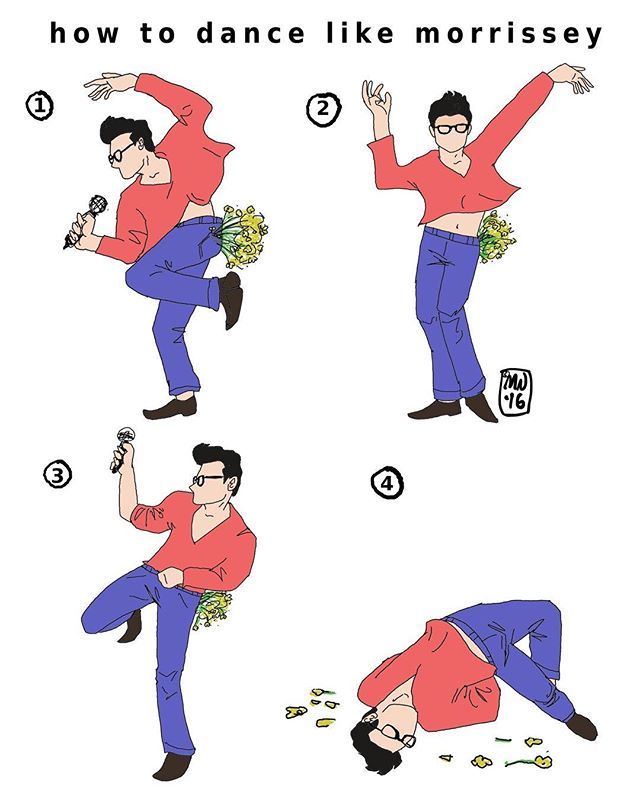 Indeed, after all, it would never occur to anyone to study the patterns of Russian round dances somewhere in Pamplona.
Indeed, after all, it would never occur to anyone to study the patterns of Russian round dances somewhere in Pamplona.
Traditional Spanish dances
Traditional Spanish dances - bailes españoles tradicionales - bailes españoles traditionales are as diverse and charming as the country itself. Apparently, today we need to talk about the fact that there are Spanish dances + flamenco dance, its popularity is so great.
Tip: if you happen to travel in Spain, find time to visit dance festivals in the regions and, of course, flamenco tablao - tablao - tablao . In this context, we are talking about small theaters in which flamenco performances take place. Another meaning is the stage for flamenco performances). For you, this will be a great opportunity to get acquainted with the "soul" of the old Spanish dance.
Jota - Jota is considered a typical Spanish dance. It appeared in Aragon (Jota Aragonesa), but its origins are much deeper, they go back to the pagan past of the peoples inhabiting Spain. The dance is accompanied by the sound of castanets, the dancers are dressed in costumes similar to those of flamenco dancers. Aragonese jota is a fast pair dance in 3/4 beats (the Spaniards say: compas de ¾, with the accent on the last syllable), they dance it with their hands raised to their heads. The inhabitants of Aragon are proud of their Jota and claim that they are pretty chica - a girl who performs a dance sends an arrow to the heart of every spectator with her every movement. The Spaniards believe that the beginning of the poetic part of Jota (the dance is accompanied by the reading of impromptu couplets) was laid by an Arab poet who was expelled from Valencia in the 12th century.
The dance is accompanied by the sound of castanets, the dancers are dressed in costumes similar to those of flamenco dancers. Aragonese jota is a fast pair dance in 3/4 beats (the Spaniards say: compas de ¾, with the accent on the last syllable), they dance it with their hands raised to their heads. The inhabitants of Aragon are proud of their Jota and claim that they are pretty chica - a girl who performs a dance sends an arrow to the heart of every spectator with her every movement. The Spaniards believe that the beginning of the poetic part of Jota (the dance is accompanied by the reading of impromptu couplets) was laid by an Arab poet who was expelled from Valencia in the 12th century.
Sardana - Sardana is a traditional dance in Catalonia and Andorra. Several couples join hands and dance in a circle.
Muñeira - Muñeira - this is the traditional "miller's dance" of Galicia and Asturias. Two couples dance to the sound of bagpipes.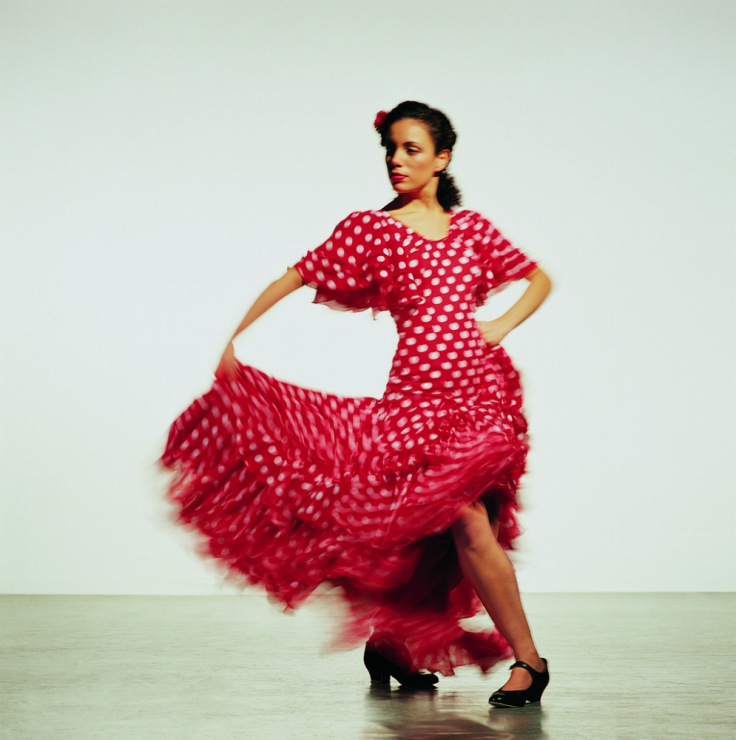 Compas de 6/8.
Compas de 6/8.
Sevillana - sevillana - a cheerful and energetic dance typical of Seville. Reminds me of flamenco. Consists of four clearly distinguishable parts.
Zambra - zambra - dance with Arabic roots. After the completion of the Reconquista by the Catholic kings - Reyes Catolicos - reyes catholicos , the Moors who remained on the peninsula preserved this dance, adapting it to the traditions of Spanish folk dances.
Paso doble - paso doble - the famous paso doble, fast "dance of convergence"). The dance is based on music, under which the bullfighter enters the arena - paseo - paseo . The same music sounds during the so-called "passage" - faena - faena , before the bullfighter and the bull converge for the last time. A man and a woman or two men dance. One is a matador, the other (other) is muleta - a muleta, a piece of bright red cloth in the hands of a matador .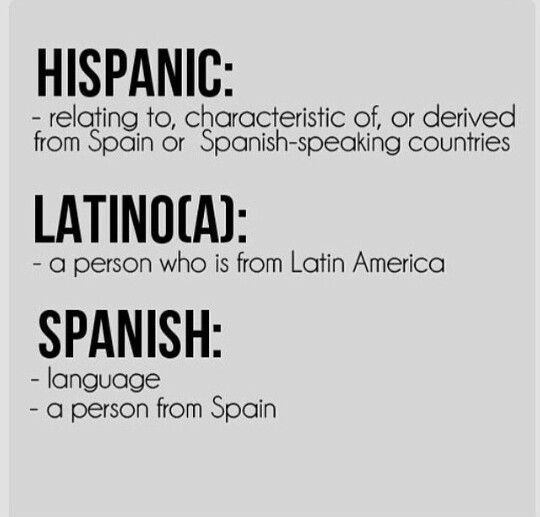
This is a small part of the old Spanish dances. There are 9 more0101 Fandangos - fandangos, Seguidillas - seguidillas, dances of the Basque Country, Aurresku de honor - aurrescu de honor - and each of them is a reflection of folk traditions.
History of Spanish dances
As researchers of Spanish dances write with regret, most foreigners associate this concept - an old Spanish dance - only with flamenco, guitar string picking, castanets (what a delusion!) and dazzling costumes. The greater will be the surprise of a person who first came to Spain to hear the sounds of bagpipes and tambourine, these traditional musical instruments in the northern regions of Spain.
Some researchers find the roots of Spanish dance in the dances of the Iberians, who inhabited the peninsula BC, and the inhabitants of ancient Greek and Phoenician colonies on the territory of modern Spain. Moreover, the Spanish tauromachia has the same origin with the bull cults on the islands of Ancient Hellas.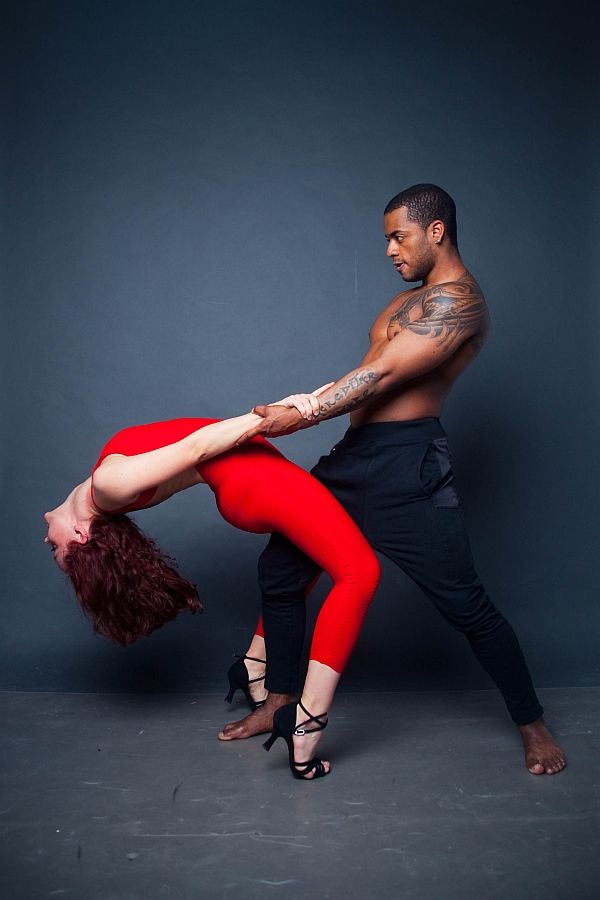 Ritual dances celebrated victories in battles, including in arenas.
Ritual dances celebrated victories in battles, including in arenas.
Researchers believe that the rapid development of folklore dance resumed with the onset of the 15th century, and resumed with giant strides. So, only in Catalonia there are today more than 200 different traditional dances.
The appearance of gypsy dances and music enriched the school of Spanish dance. In the 20th century, an unexpected decline came, which was associated with the ban imposed by the dictator Franco on the manifestation of any regional differences. The dictator did not make an exception for dancing. It was only after Franco's death that a new revival began for Spanish dance. As experts in this field note, the history of Spanish dance continues!
What is Important to see in Spain
If you are in Spain, be sure to visit dance festivals and go to a real tablao to watch and listen to flamenco performers. Even if food is perceived differently in its “homeland”, then what can we say about art?! The memories that you will keep for the rest of your life from the performance of flamenco dancers and singers in the tablao, the Spanish passion with which they perform, and which will overwhelm you, cannot be compared with the impressions of such a performance on a big stage where there is no contact with the audience.